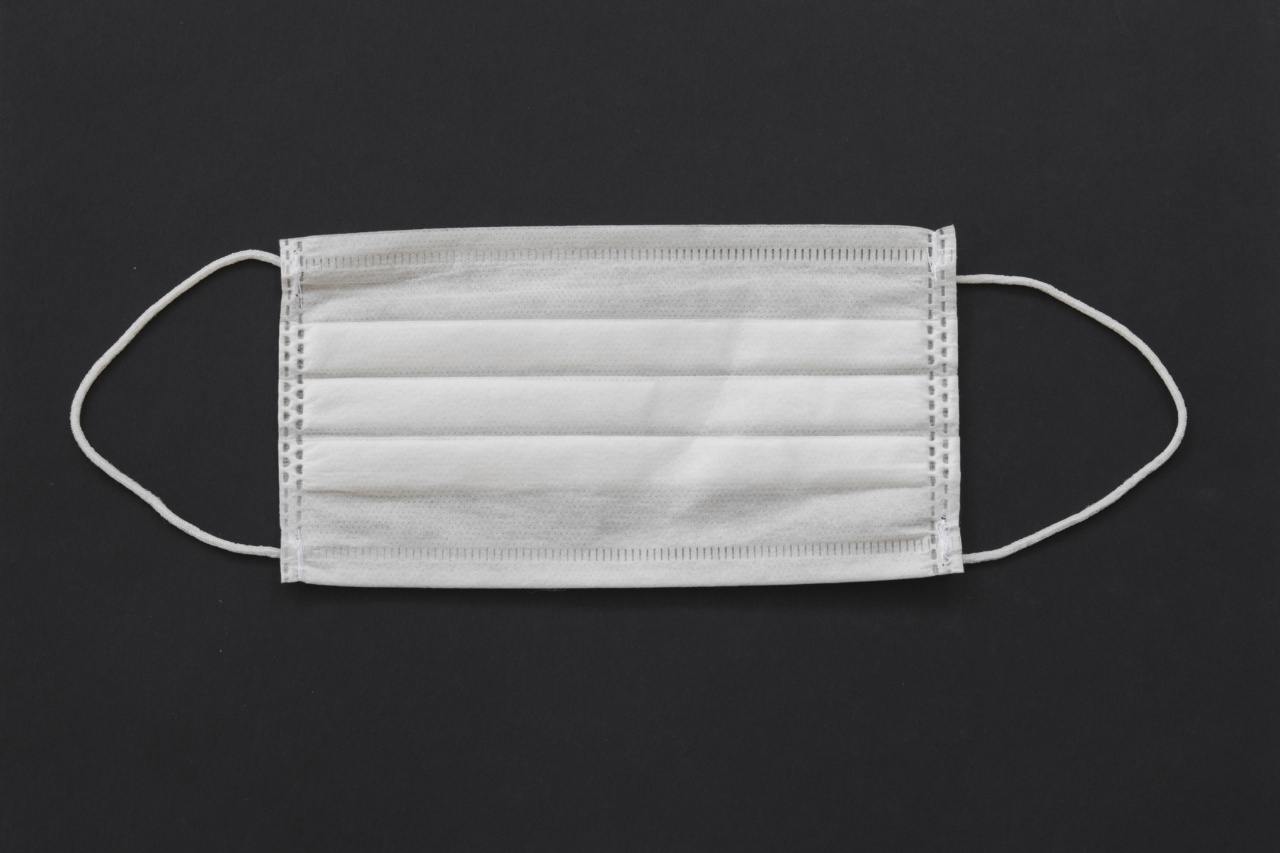Respiratory infections are illnesses that impact the air passages and lungs. These infections can be caused by viruses, bacteria, or other types of germs.
They can range from mild to severe and can be particularly dangerous for people with weaker immune systems, older adults, and infants.
Types of Respiratory Infections
Before looking at the signs of a respiratory infection, it is important to understand the types of respiratory infections that exist. Some of the most common types of respiratory infections include:.
1. Cold and Flu
Cold and flu are two types of respiratory infections caused by viruses. They spread through the air, touch and contact with contaminated surfaces, and by person to person contact.
2. Pneumonia
Pneumonia is a respiratory infection that affects the lungs caused by a bacterial or viral infection that causes inflammation in the air sacs of the lungs. It can be severe and potentially life-threatening, particularly in older adults.
3. Bronchitis
Bronchitis is a respiratory infection that can cause inflammation in the airways of the lungs. It can be caused by viruses or bacteria and is usually accompanied by a cough and other symptoms.
4. Tuberculosis
Tuberculosis is an infectious disease that affects the lungs and can spread through the air. It is caused by the bacteria mycobacterium tuberculosis and can be severe if left untreated.
Signs of a Respiratory Infection
Respiratory infections can cause a variety of symptoms that may come on suddenly or gradually over time. Here are some of the most common signs of a respiratory infection:.
1. Coughing
A persistent cough can be a sign of a respiratory infection, particularly if it lasts for more than a week or is accompanied by other symptoms such as chest pain or shortness of breath.
2. Shortness of Breath
Shortness of breath can be a sign of a respiratory infection, particularly if it comes on suddenly or is accompanied by chest pain, wheezing, or other symptoms.
3. Chest Pain
Chest pain can be a sign of a respiratory infection, particularly if it comes on suddenly or is accompanied by other symptoms like shortness of breath or coughing.
4. Fever
A fever is a common symptom of respiratory infections, particularly if it is high or lasts for several days. Other symptoms may accompany a fever, such as chills, body aches, or fatigue.
5. Fatigue
Respiratory infections can cause fatigue and weakness, particularly if they last for several days or if they are accompanied by other symptoms like fever or coughing.
6. Sore Throat
A sore throat is a common symptom of respiratory infections caused by viruses such as colds or flu. It can also be a sign of other types of respiratory infections like pneumonia or bronchitis.
7. Runny or Stuffy Nose
A runny or stuffy nose is a common symptom of respiratory infections caused by viruses like colds or flu. It can also be a sign of other types of respiratory infections like sinusitis or allergies.
8. Headache
A headache is a common symptom of respiratory infections, particularly if they are accompanied by other symptoms like fever or fatigue.
9. Body Aches
Body aches are a common symptom of respiratory infections, particularly if they are accompanied by other symptoms like fever or coughing. They can be particularly severe with flu infections.
10. Nausea and Vomiting
Nausea and vomiting can be symptoms of respiratory infections, particularly with flu infections. These symptoms may be accompanied by other flu-like symptoms like fever, body aches, or weakness.
Conclusion
Respiratory infections can range from mild to severe and can be caused by viruses, bacteria, or other types of germs.
If you suspect that you have a respiratory infection, it is important to seek medical attention to determine the cause and get appropriate treatment. Knowing the signs of a respiratory infection can help you take action early and prevent complications from arising.




























